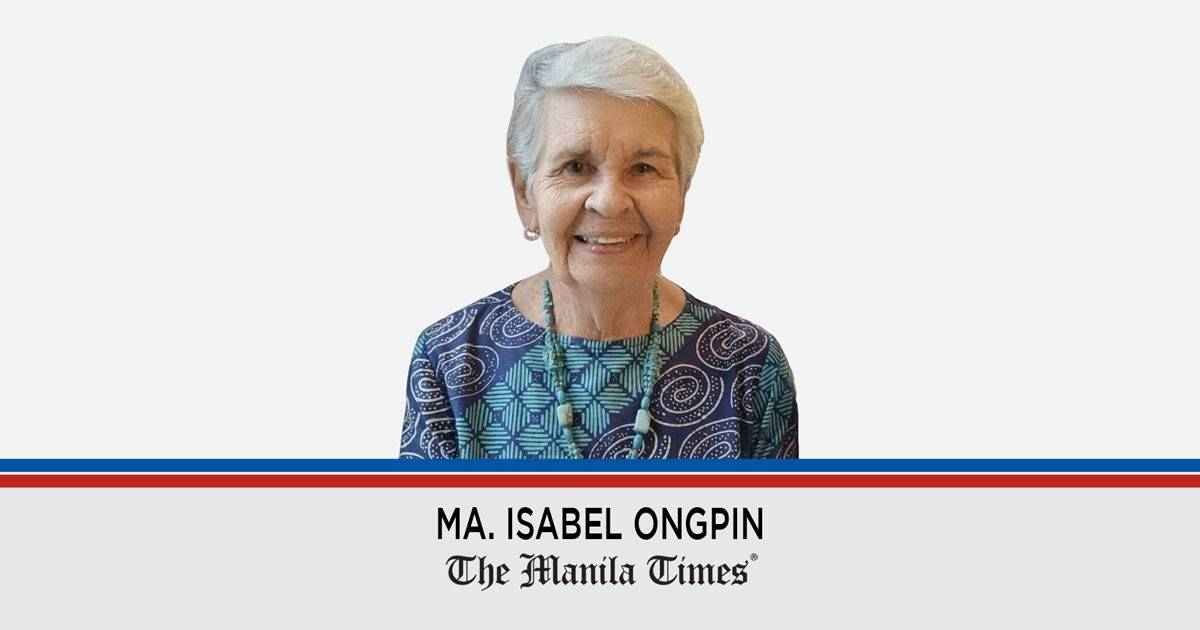
TOURISM HAS TO HAVE CONTROLS
I AM for the proposed car/vehicle congestion fee that Baguio City is proposing to curb the influx of vehicles into the city that has gone beyond capacity for both vehicles and the people they bring in. There will be a hue and cry, but it must be done, and it must be effective.
In fact, Baguio City has to redo its downtown area traffic rules by curbing the proliferation of vehicles which bring about traffic snafus, air pollution and the greedy use of space that is needed for other more benign activities.
The four tennis courts in the city at Burnham Park were condemned to make space for a parking building. The result is that, with John Hay Base doing away with their own tennis courts for one reason or another, and the Baguio Country Club converting their tennis courts into a Convention Center, there are no public or maybe even private tennis courts in the city. This is a disservice to sports, to youth, to tennis players and to the general health of the city. And that is what the open door to any quantity of tourists results for those who open their doors.
Venice has instituted a fee for day trippers as they overrun the city, leave their trash, congest the open areas and leave by sunset. At most, they buy a few souvenirs, eat some fast food or bring their own. It is an invasion, it does not assist the city, shows no appreciation to understand it and is just a number in the mindless bucket list of "have done that."
Japan is suffering from an excess of tourists who because of their numbers and their insistence on crowding to see Mount Fuji has caused disruption, disturbance and resentment among the locals who have to live with the daily horde of invaders. Now the offended locals are putting up a wall to keep them under control.
Uncontrolled tourism has become a menace to the environment and to the people who live in it. Many popular tourist destinations have gone overcapacity and therefore visiting these places becomes a jostling, crowded and stressful experience both for those who reside there and the tourists themselves. I hope the Department of Tourism is noting these negative effects and is doing something about avoiding them.
Boracay, the popular beach destination in Aklan, had turned into a chaotic and undisciplined place until the last administration closed it down and instituted reforms. According to a son who goes there regularly, things are much better now, the beach is uncluttered and clean, and the vendors and other service providers are behaving even if tourist numbers seem the same.
Actually, it is not just the tourists that have to follow rules. It is also the people who live and work in the tourist destinations who must be curbed from unruly business behavior and overcrowding their establishments as well as invading open spaces to put up structures for profit.
In Baguio, it is not just the tourists that have to be given rules, it is the residents, too. Their use of cars downtown, their invasion of streets to park their cars, their expanding their capacity to take in tourist business to the detriment of the city's lifestyle and resources have to be curbed. When streets were widened in the last few years to get better traffic conditions, residents and their visitors used the wider streets to park their vehicles eliminating the space designated for traffic.
It all boils down to common sense. Resources can be depleted. Original attractions can be fouled up. People can be greedy on both the resident and the tourist side. Things can deteriorate when their capacity is breached. In fact, these facts should be seen as what can happen in the future and should be met with the necessary restraints before they happen.
Singapore long ago imposed a congestion tax on vehicles going downtown while at the same time building their subway system to meet the need to move around. Madrid has curbs for vehicles going downtown. Bangkok, known for its traffic like Manila sometime ago, has reformed it with adequate public transportation and more infrastructure. Moreover, its latest environmental addition is a huge park in the middle of the city which used to be a large government tobacco factory. When that entity moved away, Bangkok did not give it to the developers to put up more buildings but with its own resources developed it into a beautiful park with water channels which is now a monument to environmental beauty and outdoor relaxation for one and all. They made an open space. And I am sure that they will control that it does not go to overcapacity in visitors, vendors and vehicles. Many other thinking cities around the world are looking at how the future should be with the resources they have today. Tourism has to be curbed and may be redefined in many cases.
2024-06-27T16:23:21Z dg43tfdfdgfd